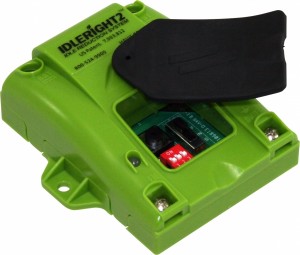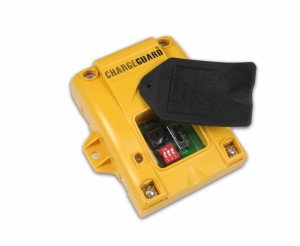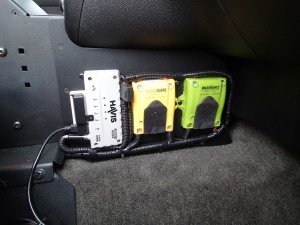When we exhibited at a recent Traffic Safety conference, my colleague heard this story from a police officer that stopped by L-Tron’s booth. The officer’s department (like most) shares patrol cars between officers and shifts. He went to pick up his vehicle for patrol, only to find out the last officer using it had left all the electronics on, leaving the battery dead. Obviously, his equipment was wired to run directly from battery power, and there was nothing stopping the equipment from draining the battery.
Which leads me to…
Tip #1: Protect the vehicle’s battery with the Havis ChargeGuard-Select
If your department has faced a similar situation, you may be interested in a product manufactured by Havis for emergency vehicles called the ChargeGuard-Select. The ChargeGuard-Select controls any electronic devices you hook up to it, for instance:
- Computers
- Printers
- Video recording systems
- 2-way radios
- License plate readers
- Wireless routers
Basically, the ChargeGuard-Select will control pretty much any device that draws vehicle power, up to 30 amps total. It will power on all the devices connected to it when the vehicle starts, but that’s the easy part. It also turns them off when you tell it to.
With a ChargeGuard installed, all connected equipment has access to battery power even after you turn off the engine and turn off the ignition. It stays on for as long as you set it to. If the battery gets too low, ChargeGuard will override the time setting and shut off the devices to protect the battery so you don’t come back to a car that won’t start.
At MSRP of $99, the ChargeGuard is a small investment that pays for itself quickly and many times over. Learn more.
Tip #2: Conserve Gas & Engine Wear and Tear with the Havis IdleRight2

The IdleRight works by being connected to the battery, the remote starter, and switches that control the emergency lights. The unit becomes active when the light switches are on and the ignition is off. In testing, Havis determined that idle time dropped to about 25% over a four hour period of use. Not only does this save gas, but significant engine wear and tear as well.
The IdleRight 2 has an MSRP of $150 and suitable remote starters are available for less than that. The unit has an onboard LED diagnostics tool that can be used with a Havis ROI Calculator that allows departments to test real-world results before making a fleet-wide investment. Learn more.
If energy savings is a subject of interest for your department, I would recommend looking into one or both of these products. The ChargeGuard-Select and the IdleRight 2 protect the battery in different ways and they each have their own job to do, making these both effective vehicle power management solutions. An added perk is that you can choose to use just one individually or use both simultaneously, as they won’t interfere with one another.

